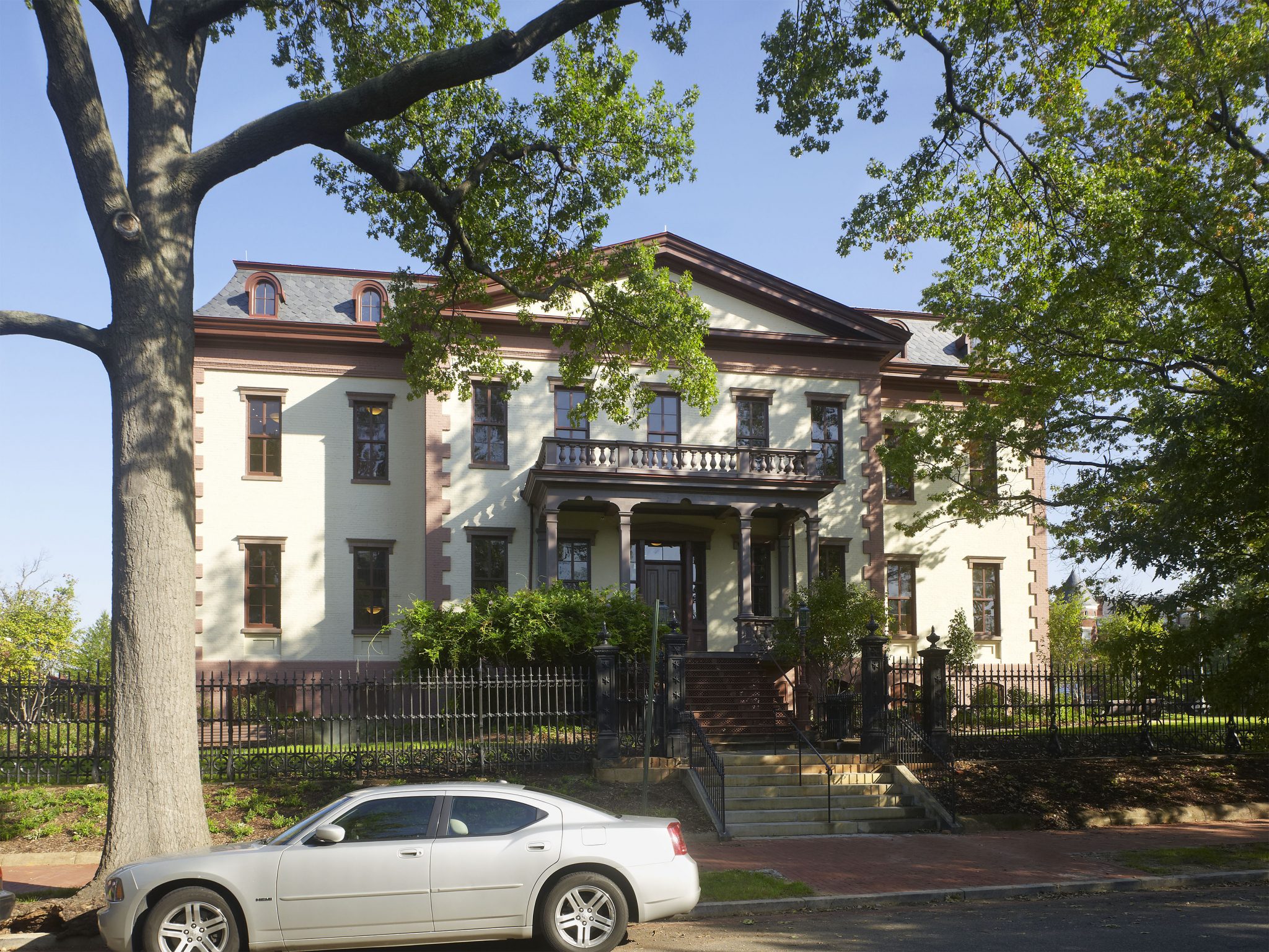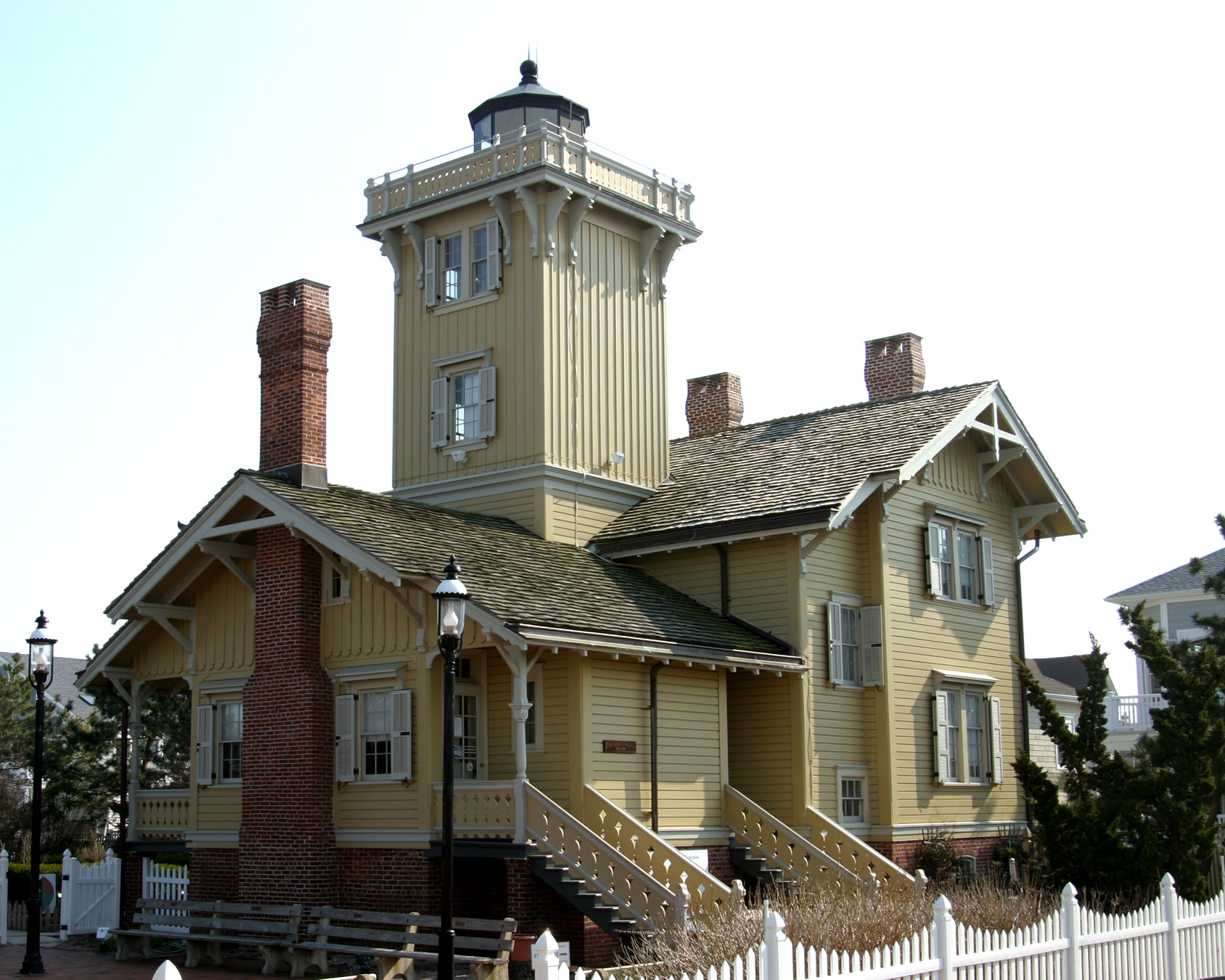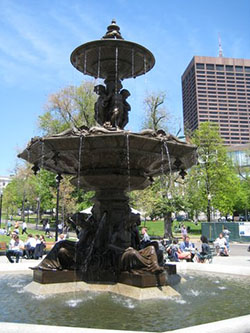2012 Preservation Awards

Provincetown Town Hall
Provincetown, Massachusetts
AWARD for the comprehensive restoration of this 1886 municipal landmark that continues to provide essential governmental services while, with its spacious auditorium, also serves as a venue for concerts, dances, graduations, and other civic needs.
Designed by Boston architect John A. Fox, the handsome Colonial Revival building has been in continuous use as the city’s seat of local government since its initial construction. Housing town offices on the ground floor, the hall’s second floor auditorium has historically been the political and cultural center of the community where town meetings, concerts, dances, graduations, festivals and significant events are conducted. In 20007 a comprehensive assessment revealed that the building was structurally unsound and the auditorium unsafe for occupancy.
As a result, the city undertook a $6.5 million exterior and interior restoration and renovation that included complete systems replacement and safety enhancements. Original paint samplings were used in the restoration’s color scheme. From old photographs, the chandelier, wall sconces and decorative details of the auditorium were replicated. The building now provides environmentally safe, state-of-the-art spaces with modern facilities to serve the community.
Websites: www.provincetown.com/history/town-hall-history
www.capecodonline.com/apps/pbcs.all/article?aid=20101007/news/10070327

Central Avenue Methodist Church (now Indiana Landmarks Center)
Indianapolis, Indiana
AWARD for the rescue and rehabilitation of this long-neglected1892 landmark, with its prominent location and commanding tower, that has been transformed into space for civic uses, including historic preservation offices and a cultural and performing arts center.
The Romanesque Revival church with its commanding bell tower is perhaps the most visible historic landmark in Indianapolis. Designed by the Dayton firm Williams & Otter with no expense spared, the building by the 1920s housed the largest Methodist congregation in the state, with a classroom building added at that time. With a declining congregation after World War II, the church vacated the premises in 1999, and the structure was mothballed in 2008.
Armed with a strategic plan, Indiana Landmarks, with its 6,500 members, acquired the building for its headquarters and launched a $20 million renovation, with major funding from the Cook family. In addition to modern systems, the stained glass windows, pipe organ, nine towers and the central dome were restored. The former sanctuary was converted into a performance hall for concerts, conferences, and community meetings. The 18,000 annual visitors are testament to the project’s success.
Website: www.indianalandmarks.org/center

Old Naval Hospital (now Hill Center)
Washington, DC
AWARD for the innovative restoration of this prominent 1866 Capitol Hill landmark which, after decades of vacancy and decay, has been converted into a much-needed community center with classrooms, assembly spaces and other facilities to benefit the surrounding area.
This impressive Italianate 50-bed facility was designed by noted architect Ammi B. Young to house seamen disabled during the Civil War. Over the years it served a number of other purposes, was acquired by the District of Columbia Government, but sat vacant and deteriorating for almost 20 years while plans were debated for its restoration and future use. Sited on its own block adjacent to Pennsylvania Avenue, it was always a prominent Capitol Hill landmark.
In 2006 the Old Naval Hospital Foundation came to the rescue. With community support and funding from the DC Government and a Save America’s Treasures Grant, a comprehensive $10 million LEED silver restoration, renovation and adaptive reuse was undertaken for not only the main building but also for its carriage house and the entire site. The property now houses the Hill Center, which offers the community a full range of facilities and spaces for a variety of much needed uses.
Websites: www.oldnavalhospital.org/history
www.hillcenter.org/home/about/fact-sheet

Hereford Inlet Lighthouse
North Wildwood, New Jersey
COMMENDATION for the meticulous exterior restoration of this 1874 lighthouse, a cherished local landmark that is now a popular destination for year-round public visitation as an educational and recreational facility.
With its prominent light tower, this fanciful Victorian gem has long been revered by its local New Jersey community. It was designed in Swiss cottage style by renowned architect Paul J. Pelz in a program of lighthouses along the Atlantic seaboard. In l913 the structure was moved 170 feet inland to save it from the sea’s encroachment, but in 1964 the lighthouse was decommissioned by the Coast Guard and abandoned. The porches collapsed, and hundreds of pigeons occupied the interior through broken windows.
The property was acquired by the State of New Jersey, which leased it to the City of North Wildwood, and the slow process of restoration commenced. Funding was provided in phases by the NJ Historic Trust, state, city and private sources. Today the exterior renovation is complete, and the building serves as a visitor’s information center, with displays, a video, and tours conducted year-round by a non-profit friends group to some 20,000 visitors annually.

Brewer Fountain
Boston, Massachusetts
COMMENDATION for the complete restoration of this monumental 1867 bronze fountain which, with its elaborate waterworks, proudly resumes its position as a focal point and favorite gathering place on the historic Boston Common.
Boston merchant Gardner Brewer saw this heroic bronze fountain at the Paris Exposition of 1867 and fell in love with it. He purchased a replica and ultimately had it installed in a prominent location below the State House on the Boston Common. It has been a beloved landmark and favorite meeting point ever since.
Through deferred maintenance, the fountain had deteriorated over the years, and a complete restoration was badly needed. The fountain was disassembled, and in a conservation studio its sculptures and bronze parts were meticulously cleaned, repaired and applied with a corrosion resistant coating. The fountain’s plumbing and filtration systems were rebuilt and automated for efficient water flow. The area around the fountain has been re-landscaped as Brewer Plaza, which now attracts some 100 permitted events of all sizes throughout the year.
Website: www.wikipedia.org/brewer_fountain
friendsofpublicgarden.org/brewer_fountain
